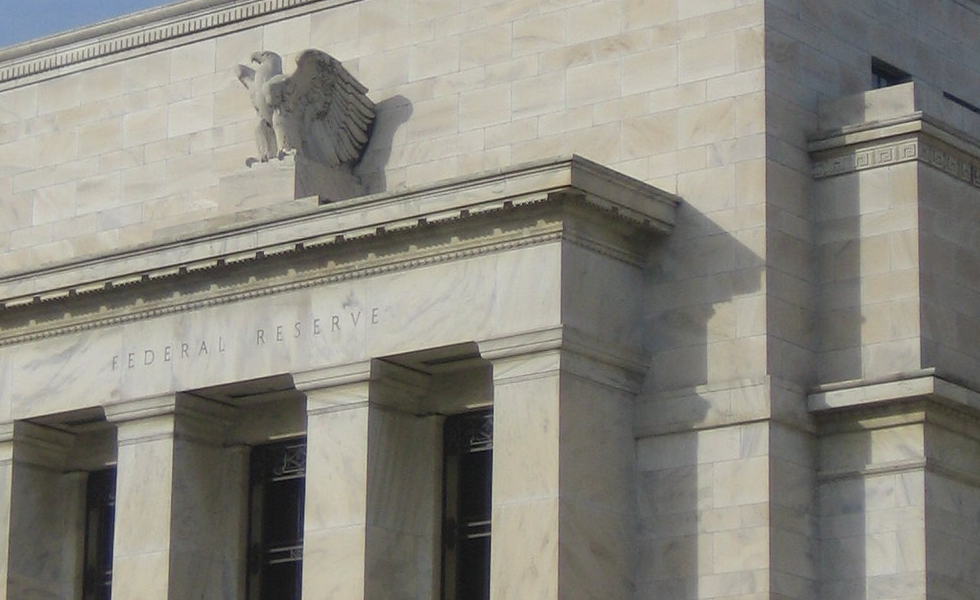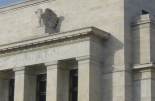PIMCO: Fed delivers despite data drought
PIMCO: Fed delivers despite data drought

The Federal Reserve on Wednesday announced a widely anticipated 25-basis-point (bp) rate cut, bringing the federal funds target range to 3.75%–4.00%. With markets priced for this move and the Fed operating in a data vacuum due to the U.S. government shutdown, the rate cut and modest statement changes were largely uneventful.
What was more eventful was Fed Chair Jerome Powell’s press conference, where he emphasized that rate cuts at future meetings – including December – are “not a foregone conclusion.” Back in September, Fed projections indicated a majority (albeit not all) of participants favored a total of 75 bps of cuts over the course of 2025 – an implicit expectation for consecutive 25-bp cuts at the September, October, and December meetings. And with little new data to materially alter the forecast, it’s not obvious why there would be a shift in the majority view.
Nevertheless, we interpret Powell’s clear statements about the December meeting as an effort to push back on market pricing: Just before the October meeting, the shortest-dated fed funds futures contracts priced a greater than 90% chance of a December cut. Powell’s comments worked. As of the time of this writing, the market-implied probability of a December cut moved down to roughly 70%. A December cut remains our base case outlook, but with less certainty.
The Fed also announced an end date of 1 December for its quantitative tightening (QT) program amid declining reserves and firming money market yields – an indicator that banking system reserves are no longer abundant and may be at risk of becoming scarce if the Fed continues reducing the size of its securities portfolio and banking system reserves along with it.
In seeking to maintain a constant securities portfolio, the Fed will now reinvest its holdings of U.S. Treasuries rather than allowing them to roll off as they mature, and it will reinvest the proceeds from mortgage-backed securities (MBS) runoffs into Treasury bills as well.
Cautious approach to easing amid limited data
The Fed made only minor tweaks to its statement, reflecting participants’ cautious approach in the absence of fresh labor market data. In the press conference, Powell clearly signaled that additional cuts will depend on downside labor market risks actually materializing, which will be hard to judge given delays or reductions in official government data due to the shutdown.
Powell pointed to state-level unemployment insurance claims and private measures of job openings, which have been relatively stable since September, to suggest that labor markets could be faring better than some feared. Bond yields rose somewhat on the back of these statements.
We thought September’s relatively soft U.S. inflation data – delayed but eventually delivered on 24 October – bolstered the case for the anticipated cut. The Consumer Price Index (CPI) report provided more evidence that, outside of uneven tariff effects, U.S. services inflation is converging toward the Fed’s mandate. Core CPI inflation held at a 3% pace from a year earlier, so excluding an estimated tariff impact of 30 bps, underlying core CPI inflation of 2.7% is within a comfortable range of the Fed’s target.
Furthermore, although alternative measures suggest that the U.S. labor market is stable at a low level of activity, corporate announcements of headcount reductions have recently picked up across a range of industries, arguing that downside risks remain.
Finally, given the balance of risks, holding policy closer to neutral still seems reasonable. According to the most recent Fed projections in September, only one participant estimated neutral to be at or above the current midpoint of the fed funds rate range (3.875%). Given Fed President Schmid’s dissent against the October rate cut, we suspect he was that participant. For all other participants, neutral policy is still at least one cut away.
Based on all of this, our baseline view is still for a cut in December. However, after Powell’s comments today, we – like markets – are more uncertain about that outcome.
Outlook for monetary policy in 2026
Looking further out, barring a further deterioration in the labor market, we expect the pace of Fed easing will likely slow in 2026. We could even see another prolonged pause. Policymakers are divided on the outlook for the longer-term neutral rate, reflecting uncertainty about inflation, employment, and the neutral rate itself.
When official data releases resume after the government reopens, further evidence of subdued labor market activity, continued progress on inflation, and more sluggish growth should support the case that monetary policy is still restrictive with further cuts needed to return to neutral.
However, ongoing tariff pass-through and anticipated fiscal stimulus in the first half of 2026 will likely make it more difficult for the Fed to pinpoint neutral and support the case for the Fed to return to a meeting-by-meeting approach contingent on incoming information.
Fed balance sheet strategy
Persistent firmness in money market rates relative to the interest on reserve balances (IORB) likely helped prompt the Fed to end QT. The size of the balance sheet will effectively be frozen as of 1 December. The Fed also took an initial step toward shortening the weighted average maturity (WAM) of its balance sheet, announcing that it would continue to let MBS run off by reinvesting paydowns into Treasury bills.
But policymakers will still need to decide when and how much to add to the balance sheet to maintain that steady state, and how to further reduce the WAM so that it more closely matches Treasuries outstanding.
Takeaway
Powell’s comment that a December rate cut is not a foregone conclusion is consistent with a Fed that is becoming more data-dependent. As the Fed looks ahead to 2026, we think the path of policy will hinge on whether we see any further softening of the labor market. For now, the Fed has bought itself time – and optionality – to respond to whatever comes next.







